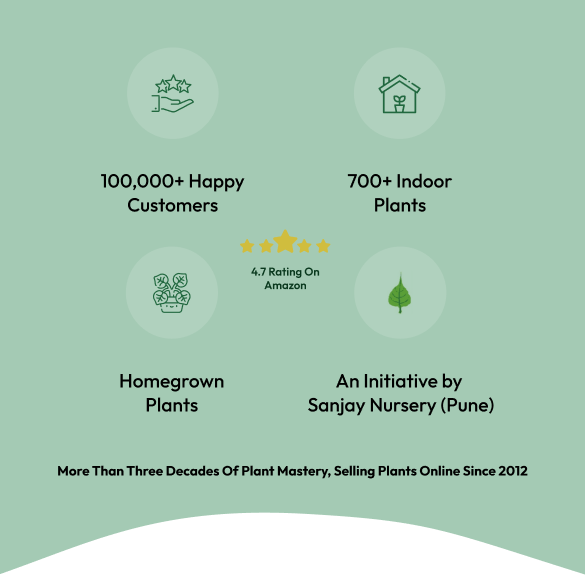

Product Name : Salvia Superba Rose Queen Flower Seeds
Brand : Benary
Qty : 1000 Seeds
Description :
Culture guide
Usage
Plant for bedding, pot and container plant for patio, beautiful plants that attract bees, cut flower production
Sow time
January-March for flowering in pots from June onwards; August-October for flowering in pots the following year
Sowing method
1-3 seeds per plug
Germination
Germinates in 14-20 days at 65-77 °F (18-25 °C). Light is required for germination.
Growing on
Transplant plugs after 7 weeks. Grow on at 60-65 °F; (15-18 °C) in a well-drained, alkaline medium. Vernalization is not required for flower initiation.
Media
Use a well-drained, growing perennial substrate with 0-15 % clay, 0-15 % parts (e. g. bark, wood fibres, sand), 1-2 kg/m³ complete balanced fertilizer, 0-3 kg/m³ slow release fertilizer (3-6 months), iron-chelate, micronutrients, pH: 6.0-7.5. Field: loamy sandy to sandy humus soils with good drainage. Standard fertilization: 50-80 g/m² of a slow release fertilizer.
Temperature
Grow at 10-18 °C or outdoors. In winter indoors frost free at 3-5 °C or outdoors. Outdoors fleece cover needed. In spring the plants start to grow for 8-10 weeks at 15-18 °C and long day. Cold temperatures of 8-10 °C will increase the cultivation time by 3-4 weeks. If cultivated at low light levels, the temperature should be cool for good stem quality. A chilling period (vernalization) is not required.
Fertilization
Moderate-high fertilization levels are required. Fertilize the crop weekly with 150-200 ppm nitrogen (at 2 kg/m³ slow release fertilizer in substrate), using a complete balanced fertilizer. Avoid high ammonium and high nitrogen levels. High nitrogen levels are the cause that the shoots are stretched and the plants fall apart. Don’t fertilize after mid September. In spring fertilize 150-200 ppm nitrogen of a potassium balanced fertilizer (N: K₂O-ratio: 1:1,5). The roots are sensitive to high salt levels in substrates. Avoid high fertilizer concentrations, it is advisable to fertilize several times with low concentrations weekly. Field: If necessary according to analysis, improve the soil with 50-80 g/m² of a slow release fertilizer, applied in several portions.
Stage I Starts with the radicle breaking through the testa. The roots are touching the medium. Ends with fully developed cotyledons.
Stage II Starts from fully developed cotyledons. Ends with the fully developed true leaf or true leaf pair.
Stage III Starts from the fully developed true leaf or true leaf pair and ends with 80% of the young plants being marketable.
Stage IV All young plants are ready for sale and in the process of being hardened off. This stage lasts about 7 days.
The cultural recommendations are based on results from trials conducted under Central European conditions. Different conditions in other parts of the world may lead to deviations in results achieved.




